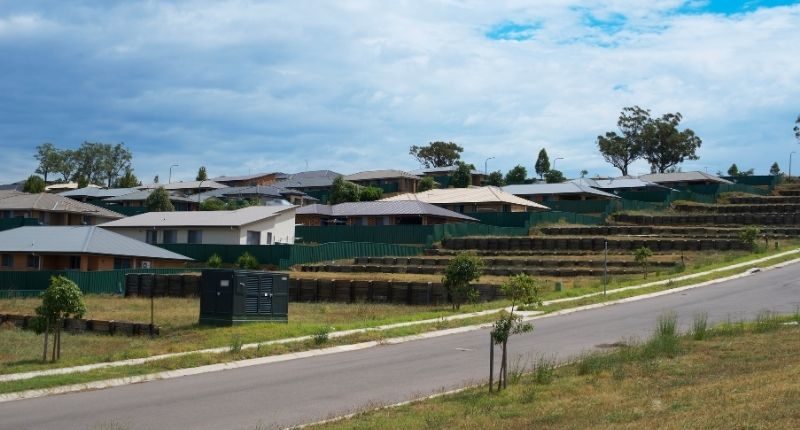- The average numbers of days a listing was on realestate.com.au in June 2020 was 71 days
- This figure dropped to 48 days in March 2021
- Sales volumes are up 39.8% for the first quarter of 2021 compared to same time last year
Data from REA Group Ltd’s latest Insights Housing Market Indicator Report has revealed that properties across Australia are being sold at a record pace, with the number of days properties are listed on realestate.com.au hitting record lows in every state during last month.
Nationally, the average number of days on the realestate.com.au site was 48 days in March 2021 – down from 71 days in June 2020.
The Australian Capital Territory was home to the fastest-selling properties in March 2021 with an average of 25 days followed by 27 days in New South Wales and 30 in Victoria.
Interestingly, properties in Western Australia and the Northern Territory took the longest time to sell with an average of 71 and 59 days on the site respectively. However, WA and the NT have seen the largest falls, down 28 and 14 days respectively.
“Australia’s property market shows no signs of slowing in 2021. The low cost of debt combined with an unprecedented level of government support has seen buyer activity surge this year. Demand is strong with views per listing at record highs and days on site at record lows,” the report says.
“Buoyed by low rates, buyers are searching for more expensive properties than they were a year ago. They are also looking for more space, with enquiries for houses and land surging, while demand for units has softened.
“Transactions are trending upwards and will likely keep rising as more listings are brought to market over the remainder of 2021.”
REA Insights Housing Market Indicators Report, April 2021
The report also reveals that sales volumes are expected to remain high this year, with property transactions up 39.8% for the first quarter of 2021 compared to the same time in 2020.
Sales volumes did dip over the last two weeks of March due to the seasonal impact of Easter, but the report expects volumes to pick up by the end of April.
Western Australia and the Northern Territory both saw the largest increases in properties sold based on sales data for the first 14 weeks of 2021 and 2020 respectively, up by 68.8% and 48.8% respectively.
Based on historical data that shows the number of listings increases during the second half of the year, the report is confident this in conjunction with an overall stronger market demand will result in further growth of sales activity for the remainder of this year.








